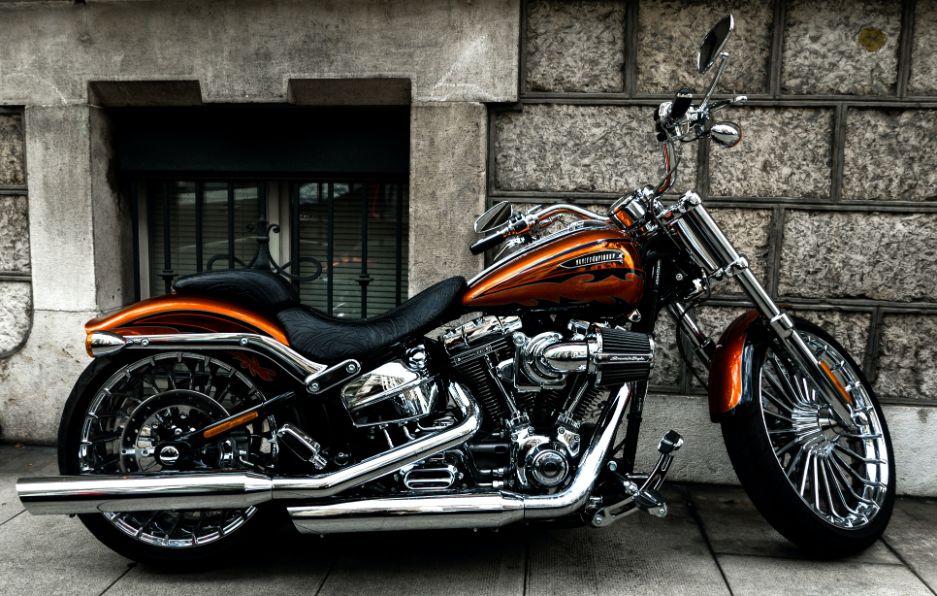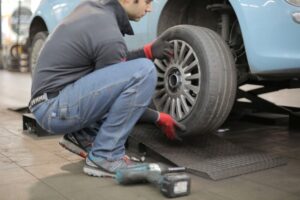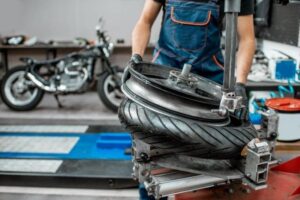After a long work week, there are few things that can be as relaxing as taking your motorcycle for a lengthy, leisurely ride. On the other hand, your motorcycle can become covered in filth like dust, dirt, and dead insects. When a favorite vehicle’s stunning paint job is obscured by dirt, it’s not just unpleasant to look at but also harmful.
Maintaining a regular cleaning schedule for your motorcycle will keep it clean and ensure that the parts are always in excellent condition. Reading this article carefully will help you learn how to wash your motorcycle.
The Frequency Of Motorcycle Cleaning
The timing of bike cleaning is not predetermined, but the guidelines provided below can assist you in determining when various maintenance tasks should be completed.
- Pressure washer rinse and dry – ideally after every ride in the winter to remove salt and road deposits
- Basic shampoo wash – 1-2 weeks, or after every ride in the winter/after a wet ride
- Wax application – 2-3 times a year, preferably once in the spring and again before autumn
- Leather conditioning – 1-2 times a month, particularly in the summer
- Chain maintenance – preferably every time you wash your bike
- Plastic and chrome maintenance – once a year, or when you notice marks or fading
What Will You Need To Clean Your Motorcycle?
Since washing a car and cleaning a motorcycle don’t differ all that much from one another, it’s likely that you already possess the necessary equipment. Despite this, there are a few more tools you might find helpful to have when cleaning your bike. See our complete list of suggested tools below:
- Pressure washer or hose
- A set of brushes for cleaning the wheels and chain
- A sponge or wash mitt
- Two microfibre cloths (for drying)
- Two buckets (for a two-bucket wash)
- A paddock stand (optional, but useful if your bike doesn’t have a center stand)
- A power dryer (optional, but brilliant help for drying your motorcycle)
For high-quality motorcycle maintenance, you’ll need the appropriate products in addition to these tools. What we advise is as follows:
- Good quality shampoo
- Paintwork wax
- Powerful wheel cleaner
- Leather protection cream
- Black plastic trim restorer
How Do I Wash A Motorcycle?
Washing a motorcycle is simple, but for the best results, try following these easy steps:
- With a pressure washer or hose, start by removing as much dirt as you can. Rinse the entire bike thoroughly, but take care to avoid spraying any connectors or bearings with your pressure washer.
- Warm water should be added to two buckets; add shampoo to one of them. Work in a circular motion starting from the top down to thoroughly clean the bike with a sponge or wash mitt. Use the second bucket to refill your sponge when necessary to avoid contaminating the soapy water.
- The most difficult part of washing a bike is getting the wheels clean. Using a paddock stand makes it easier for the wheels to continue turning even when they are raised off the ground. To reach those challenging to reach places, use a set of soft-bristled cleaning brushes.
- Following that, rinse the bike once more to remove any remaining cleaning agents.
- Your bike needs to be dried next. To prevent rust, you should be as thorough as you can be here. Towel off every surface with a few dry microfiber cloths. If you have a power dryer, use it to speed up the process and ensure that there is no moisture left behind.
That’s it; your bike is now clean and clear of dangerous road debris like salt and grit.
Dos And Don’ts When Washing A Motorcycle
Dos
Wash Your Motorcycle In A Shaded Place
In an ideal world, you should clean your motorcycle in the sun so that you can see what you’re doing better, but make every effort to clean your motorcycle in the shade.
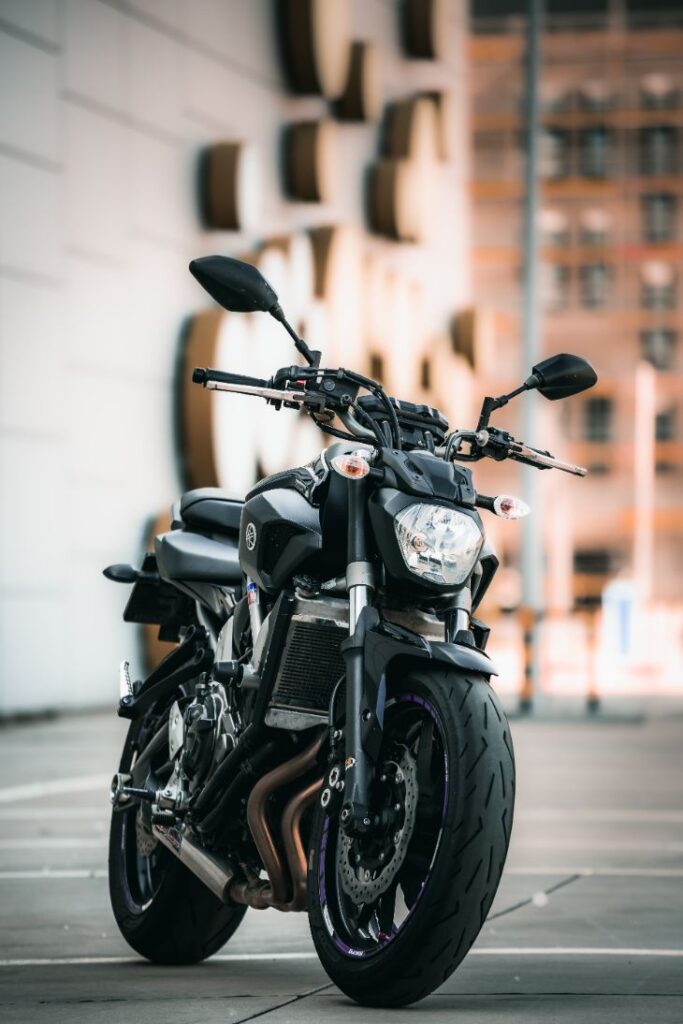
This is because exposing soap to direct sunlight causes the soap to dry up more quickly, leaving water streaks and soap marks that are very challenging to remove as you rinse your motorcycle.
Spend less time and effort by working on your bike inside your garage or at the very least, under a tree.
Plug Up Your Exhausts Before Rinsing
It goes without saying that having water in your motorcycle’s exhaust system will make driving unpleasant. Unfortunately, a lot of motorcycle exhausts are angled so that water can enter and collect inside easily.
There is no way to avoid using water to clean your motorcycle, so before you rinse it off, be sure to plug the exhaust pipe. You can stuff a dry, clean rag into the exhaust or opt to use a rubber plug purchased from a different vendor.
Use Two Different Buckets Of Water
How much water should you have on hand when washing your bike, in buckets? Using two distinct buckets of water is the most effective method for cleaning a motorcycle. Your cleaning cloth often picks up the dirt that has accumulated on your bike.
The dirt from the cloth begins to mix with the water and return to the cloth as you rinse and wring it in your bucket. All you’re doing is reapplying dirt to your motorcycle over time.
Clean your motorcycle with two different buckets: one bucket filled with water and motorcycle shampoo and another bucket filled with clean water.
Before dipping the cloth once more into the bucket containing the cleaning solution, make sure to rinse it in the bucket of pure water.
Use A Microfiber Cloth
Make sure to use the right microfiber cloth when cleaning your motorcycle. This particular cloth has fibers that are intended specifically for cleaning, which accounts for their extraordinary softness.
The chance of unintentionally scratching your paint job is decreased thanks to this softness, which is important. Microfiber cloths have the added benefit of being able to absorb water up to eight times their weight, which facilitates quick and simple drying when used to clean motorcycles.
Don’ts
Use Car Shampoo Or Household Soaps On Your Motorcycle
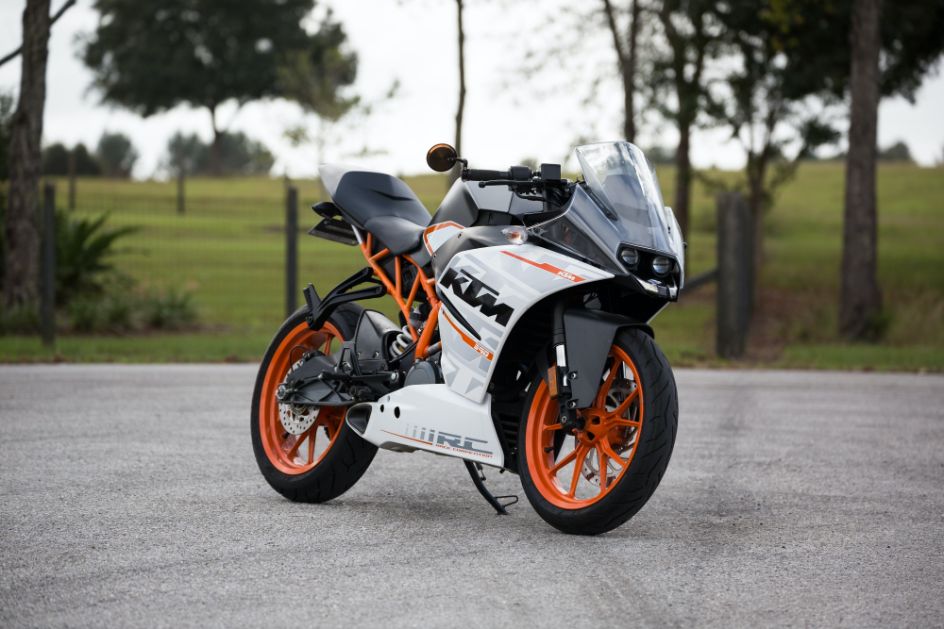
Never clean your motorcycle with household soaps, laundry detergents, or other cleaning supplies. It may surprise you to learn how delicate the materials used to make your motorcycle are.
It’s common for cleaning supplies not made specifically for motorcycles to contain harsh chemicals that could harm your bike’s metal parts or even its paint job. Use only motorcycle shampoo, preferably one that your motorcycle detailer suggests, to be safe.
Wash Your Motorcycle While The Engine Is Hot
You might be tempted to wash your bike right away if it’s dirty from a long ride when you get home. This is a good attitude to have, but be sure to give your bike’s engine enough time to cool down completely.
An unpleasant burn is just a matter of time when washing your motorcycle while these parts are still hot because the engine and other metal parts of a bike are subjected to a lot of heat.
Another justification for waiting until your bike has cooled off? It might crack if you spray it with cold water from your hose because of the abrupt temperature change.
Scrub Vigorously To Remove Dead Bugs
It doesn’t take long to have a lot of dead bugs on your bike when you’re riding down country roads. This wouldn’t be so bad if the dead bugs weren’t sometimes so difficult to remove. But be careful not to scrub too hard or you might scratch your paint job when removing these dead bugs.
Before you rinse your motorcycle, try softening the bugs with some warm water or spraying on a layer of bug remover.
Forget To Lubricate The Chain
Grease should definitely stay on your motorcycle’s chain even though you want to remove it from the body of the machine. This can be a little challenging because as you go through the cleaning process, cleaning spray and soapy water will unavoidably get on your motorcycle’s chain.
Although lubricating the chain isn’t exactly a step you’d anticipate seeing in a guide on how to wash a motorcycle, it’s still an important one, and washing your bike is the ideal opportunity to ensure your chain is properly lubricated.
